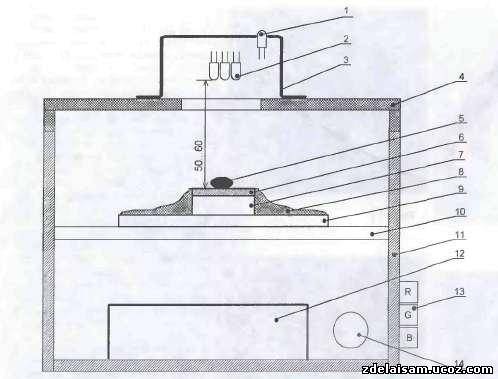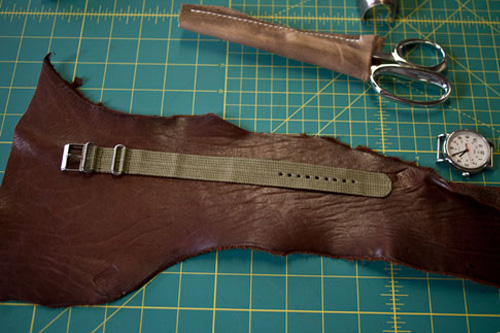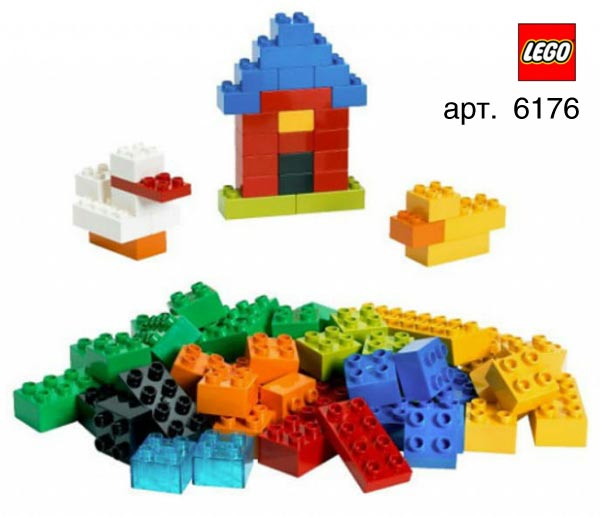Microscope without lenses.
Over its almost 300-year history of development, the microscope has probably become one of the most popular optical instruments, widely used in all areas of human activity. It is especially difficult to overestimate its role in teaching schoolchildren who learn the surrounding microcosm with their own eyes.
A distinctive feature of the proposed microscope is the "non-standard" use of a conventional Web-camera. The principle of operation consists in direct registration of the projection of the objects under study onto the surface of the CCD matrix when illuminated by a parallel beam of light. The resulting image is displayed on a PC monitor.

Compared to a conventional microscope, the proposed design does not have an optical system consisting of lenses, and the resolution is determined by the pixel size of the CCD matrix and can reach several microns. The appearance of the microscope is shown in fig. 1 and fig. 2. The model "Wcam 300A" by Mustek was used as a Web-camera. It has a color CCD matrix with a resolution of 640x480 pixels. The electronic board with a CCD matrix (Fig. 3) was dismantled from the housing and, after a slight modification, installed in the center of the opaque housing with an opening lid. The finalization of the board consisted in resoldering the USB connector in order to provide the possibility of installing an additional protective glass on the surface of the CCD array and sealing the board surface.

A through hole is made in the housing cover, in the center of which there is a block of three LEDs of different glow colors (red, green, blue), which is a light source. The block of light-emitting diodes, in turn, is closed by an opaque casing. The remote location of the LEDs from the surface of the matrix allows you to form an approximately parallel beam of light on the measurement object.
The CCD matrix is connected to the PC with a USB cable. Software - regular, included in the delivery of the Web-camera.
The microscope provides an image magnification of 50 ... 100 times, with an optical resolution of about 10 microns with an image refresh rate of 15 Hz.
The design of the microscope is shown in fig. 4 (not to scale).

To protect it from mechanical damage, a quartz protective glass 6 with dimensions of 1x15x15 mm is installed on the input window of the CCD matrix 7. The protection of the electronic board from liquids and mechanical damage is ensured by sealing its surface with silicone sealant 8. The object under test 5 is placed on the surface of the protective glass 6. The lighting LEDs 2 are installed in the center of the hole in the cover 4 and are covered from the outside with an opaque plastic casing 3. The distance between the object under test and the block of LEDs is approximately 50 ... 60 mm.
The lighting LEDs (Fig. 5) are powered by a battery of 12 of three 4.5 V galvanic cells connected in series. supply voltage. Switching on the lighting LEDs EL1-EL3 and thus selecting the lighting color is carried out by switches SA2-SA4 (13) located on the side wall of the housing 11.

Resistors R1, R3-R5 - current limiting. Resistor R2 (14) is designed to adjust the brightness of the LEDs EL1-EL3, it is installed on the rear wall of the case. The device uses fixed resistors C2-23, MLT, variable - SPO, SP4-1. Power switch SA1 - MT1, switches SA2-SA4 - push-buttons SPA-101, SPA-102, LED AL307BM can be replaced with KIPD24A-K
Since the visible dimensions of the displayed images depend on the characteristics of the video card used and the size of the monitor, the microscope requires calibration. It consists in registering a test object (a transparent school ruler), the dimensions of which are known (Fig. 6). By measuring the distance between the strokes of the ruler on the monitor screen and correlating them with the true size, you can determine the scale of the image (magnification). In this case, 1 mm of the monitor screen corresponds to 20 µm of the measured object.
- The latest methods of teaching traffic rules
- How to draw pictures by numbers
- Do-it-yourself home digital microscope
- How to choose the right paint for drawing
- When is the best time to sunbathe?
- What kind of bird is better to have in an apartment?
- We put an apostille on the birth certificate on our own
- Is it possible to give flowers in pots - signs
- How to make cat ears
- Gray bag: what to wear and combine?
- How to get started with Faberlic: tips for new consultants
- Bioinsecticide Lepidocid: purpose, properties and application procedure Lepidocide waiting period
- How to change the language to Russian in steam
- Dendrobium noble: room care
- Morphology of plants general concepts - document
- Planting, propagation and care of bamboo at home, photo Growing bamboo from seeds
- How to strengthen the cellular signal for the Internet in the country
- Sanskrit reveals the forgotten meaning of Russian words (2 photos)
- The oldest language Sanskrit programming language of the future Dead language Sanskrit
- Who has dominion over all the earth?








